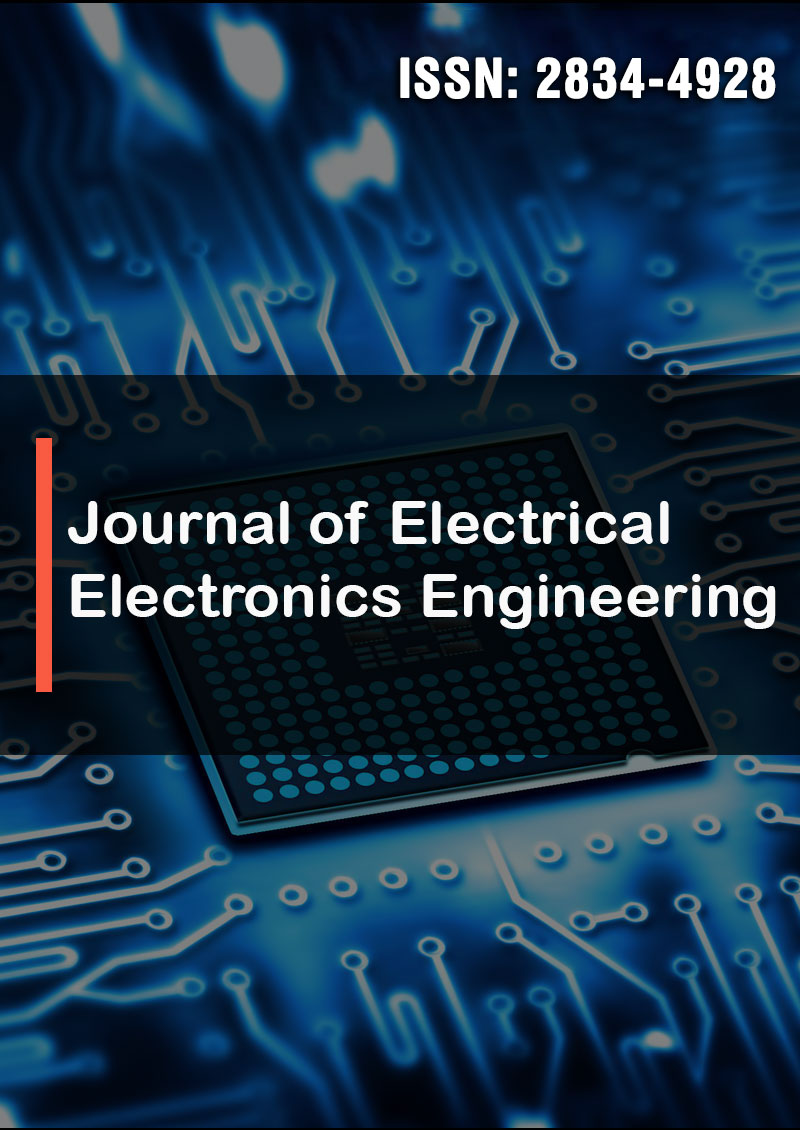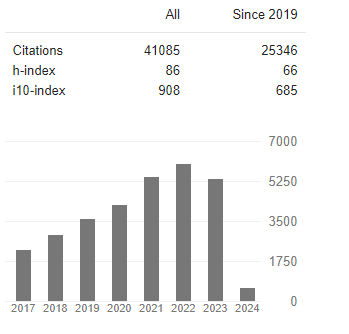Physical Aspects of Chemical Carcinogenesis
Abstract
Batyanov A.P
This study investigated the effects of chemical carcinogenesis induced by 7, 12-dimethylbenz (α) anthracene (DMBA) in mice. The respiratory activity of isolated mitochondria in mouse livers was investigated at various times after the subcutaneous administration of DMBA. Our findings indicated that DMBA derivatives did not exhibit damaging effects on mitochondrial membranes. On the contrary, they showed a stimulating effect on the phosphorylation process compared with the control. This paper discusses the possible role of coherent electromagnetic radiation in biological systems. Additionally, data on the non-chemical interactions between isolated mitochondria and the material (plexiglass and quartz) of the incubation cells were considered. Carcinogenesis was previously considered an exclusive process of biochemical and genetic disorders. However, recent studies have increasingly focused on the physical aspects of carcinogenesis, such as the influence of various wavelengths of electromagnetic radiation on biological systems, the special energy organization of the intracellular space associated with the architectonics of mitochondria and microtubules, and the generation of coherent electromagnetic waves. It was assumed that the biological features of the malignant cells were due to the violation of the electrodynamic parameters of the intracellular space, and the initiating factor was the intrinsic emission of carcinogenic substances. The results of this study indicated that non-chemical factors influenced the mitochondrial poly-enzyme system and confirmed the importance of the non-chemical effect of a carcinogen on bio-objects by examining respiration and phosphorylation of isolated mouse liver mitochondria at various times after the subcutaneous injection of DMBA.




